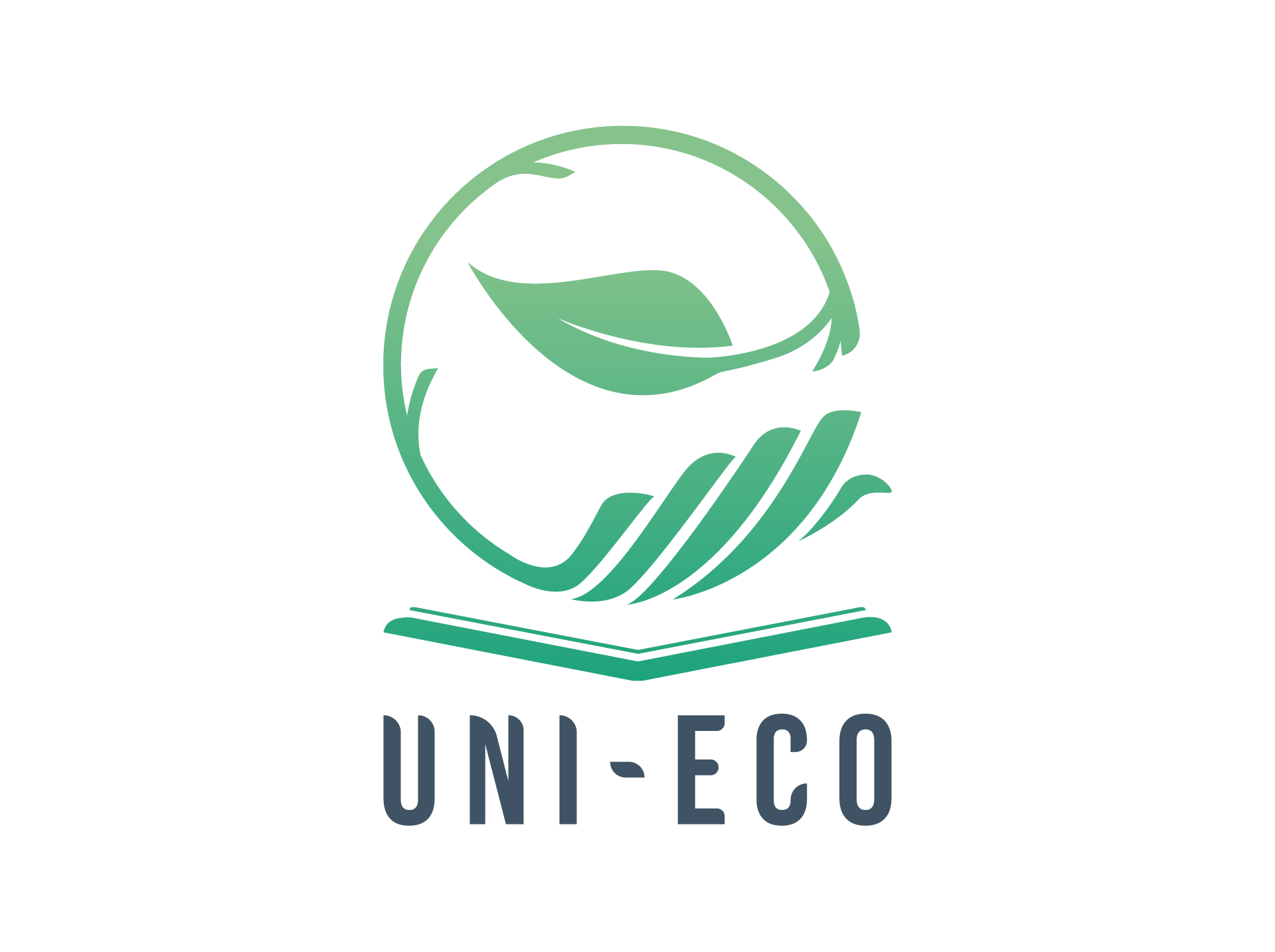Achievable environmentally friendly roads and building roof
Short description
Chalk roads coating & mini wetland on the building roof. will reflect the sun, cool the Earth, enhance hydrological cycle, absorb CO2 with ~no costs
Long description
Combination of white reflective roads& super-mini wetland on the roofs.
In this way, the university becomes environmentally friendly and CO2 emission neutral. Moreover, this will help in flood/drought mitigation. This project will also recycle cartons/plastic because the super-mini wetland uses milk packaging as a building material.
Details:
The cooling effect of white Pavements is well-studied case by Berkeley-University-Lab.
https://newscenter.lbl.gov/2008/12/11/cool-world/
https://alumni.berkeley.edu/california-magazine/just-in/2017-08-17/does-cool-pavement-moderate-global-warming-its-complicated
Application of white-roof on a global scale could offset 44 billion metric tons of CO2, according to many studies like https://link.springer.com/article/10.1007/s10584-008-9515-9
https://albedomap.lbl.gov/
This project aims to coat the roads on the university campus with a white lime layer. White-Lime reflects the sun, cools the Earth, and enhances the water percolation by absorbing more water. Moreover, lime environmentally friendly, no lead poisoning as in asphalt, cheap, and it could become hype with children coloring the asphalt white with conventional chalk.
Wetlands sequester carbon from the atmosphere. Wetlands have higher green productivity than the forest. The second component of this project is a super-mini wetland on the roofs. We want to use wasted milk packaging material as a building block for these roofs. These packagings' small size allows easy management and guarantees no leaking.
Water-surface of mini-wetland cools the Earth in many ways
1- reflect the sun because of the high sun angle
2- Evaporative cooling.
3- More water-vapor means more rain in continental Asia, means more green
4-photosynthesis absorbs CO2.
Moreover, enhance the hydrological cycle by buffering the rainwater. Buffering the rainwater will help solve rain-flood-water treatment simultaneously with Sewage treatment, hence less pollution. These tiny-mini wetlands will create thousand of the mini-ecosphere on the roof. This project will test this brand-new idea of the urban area's super-mini wetland. This new innovative concept right place is in the university where it could be studied more.
Scope of the project
The university campus/ botanical garden in the pilot phase. A successful experiment could become worldwide hype.
Budget
2,000 euros in the pilot phase. The first component of white lime will save money because it is cheaper than asphalt. Especially if we applied it to small paths/roads in the campus gardens in the pilot phase. We just need to change the policy of polluted asphalt to environmentally friendly chalk. The second component of wetland will cost only labor and logistics transportation because the building material is free.
How do you envisage dealing with COVID-19 restrictions?
COVID-19 do not affect these policies or work
University
Utrecht University
Target audience
- Students
- Academic staff members
- Non-academic staff members
Expected date to be completed
09/01/2022
Team Leader Information
Name: Max Alatieh
Faculty/Department: Geoscience
Position: Student
Number of members of this group: 1
